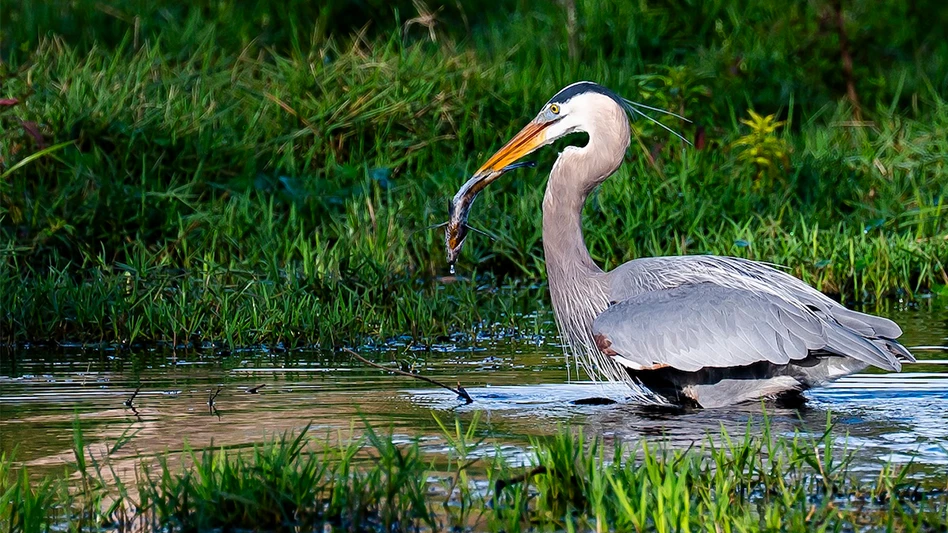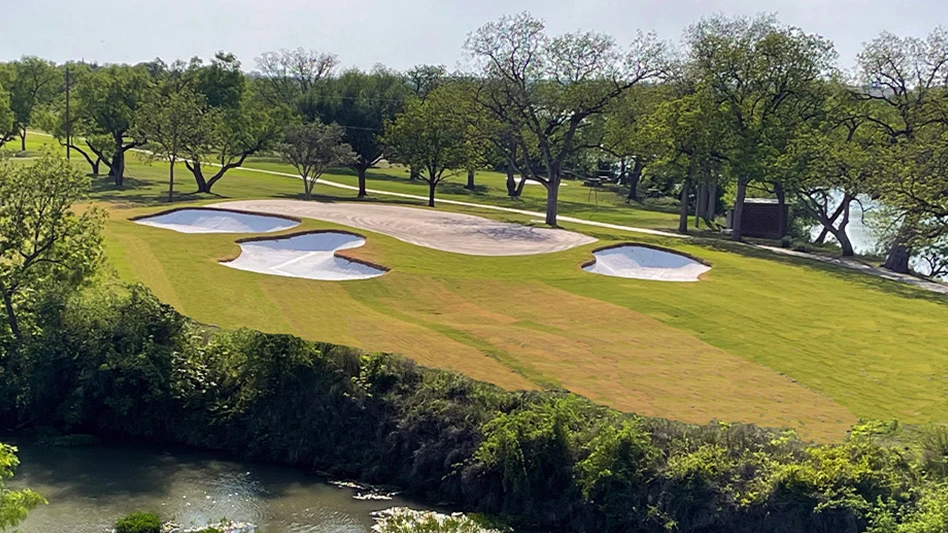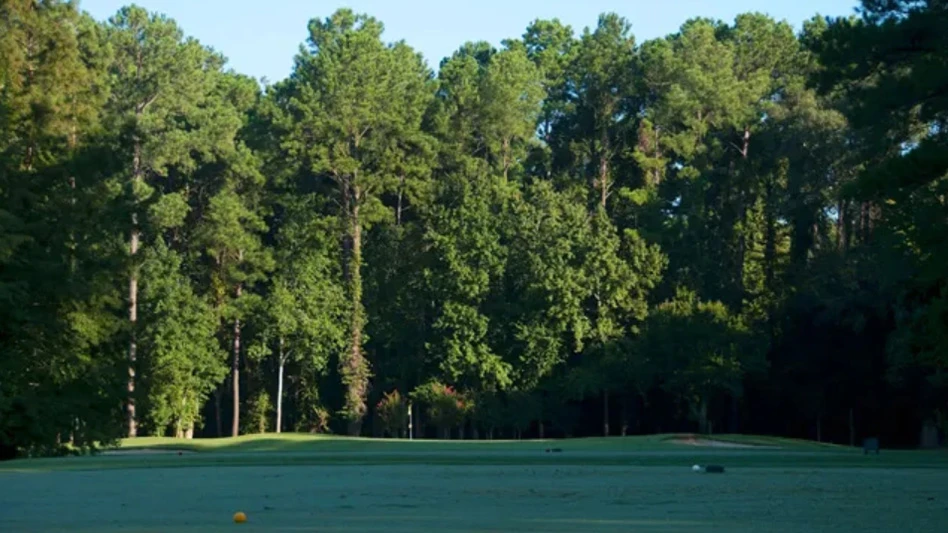Golf course work moves at a notoriously fast pace, faster than I realized when I was immersed in it as a superintendent. This spring I’m making that observation from my perch as a volunteer walking greensmower and a totally relaxed fairway cutter at the club that employed me for nearly 40 years.
A fast, almost frantic pace doesn’t mean it’s disorganized; quite the opposite. If the crew I am an occasional member of wasn’t highly organized and carefully managed, the workload required for topnotch playing conditions wouldn’t get done. But I see now that despite being a keen observer of nature, I missed a lot simply because I was so busy. The advent of portable radios, cell phones and affordable golf course vehicles cramped quiet, personal times even more. Any superintendent’s time is severely challenged. To some extent, I tried to compensate by getting to the golf course at a ridiculous hour each morning, usually in the dark. And often times that worked; it gave me the chance to see a huge yellow moon sitting low over our sixth green, so low it seemed I could jump up and touch it. The sunrise was mine to enjoy, and dew on the golf course was unmarked by golfers or golf course equipment, sparkling like acres of diamonds. But too often this plan was sidetracked by the consummate drive to squeeze a little more efficiency from a day – helping get mowers ready, shutting down irrigation, fueling equipment and a dozen other tasks.
Nowadays, I can more easily assume nature’s pace – slow and steady yet unrelenting, day after day. After a Wisconsin winter of 100 days of snow cover, this spring and my newly acquired privilege of moving slowly and watching what’s going on around me on the course has been a pleasure. It’s like I can follow, at last, Walter Hagen’s advice from over 30 years ago: “Don’t hurry, don’t worry. You’re only here for a short visit. Be sure to stop and smell the flowers.”
We experience seasons because the earth’s axis of rotation is tilted at an approximate angle of 23 degrees, 27 feet, 8 inches (it varies a little each year) from the vertical plane of its orbit. So it you are at the equator, the angle of tilt doesn’t have much effect. But at the north and south poles the full effect of this angle results in seasons of nearly full light and seasons that are mostly dark. Here in Wisconsin we are literally right in the middle and can fully enjoy four distinct seasons. And now it’s spring!
In our town the March weather swings wildly – golf courses are actually open some years, and in others we may get 20 to 30 inches of snow. Years ago, when I was a college student, I did a phonological study of blooming dates of woody ornamentals, and such a project begins in March and doesn’t end until June. I’ve always wanted to do that again, and now I can. I would also like to note when the various bird species return here, which also begins in March, and now I can. I’d like to record when the ice leaves the five Madison lakes and the small pond on our course.
Spring is more earnest in April and really starts to assert itself. You can hear the spring peepers, see the turtles emerging from the water to sun themselves, watch the spring bulbs mature and count the wildflowers on the course, IF you take the time. Or if you have the time, which many superintendents don’t.
When May arrives, it almost isn’t possible to keep up with all of Nature’s activity. The work required on the course “interferes!” If that describes you, fret not. Your time will come, like mine has. I can finally follow the simple advice of poet W.H. Davies, lines I wrote down many years ago:
“What is this life if, full of care,
We have not time to stand and stare?”
So if you see some older guy mowing greens with a pair of binocs and a loupe around his neck and a notebook on the seat of his course vehicle, it could be a retired superintendent finally taking Walter’s advice. GCI

Explore the May 2010 Issue
Check out more from this issue and find your next story to read.
Latest from Golf Course Industry
- KemperSports taps new strategy EVP
- Audubon International marks Earth Day in growth mode
- Editor’s notebook: Do your part
- Greens with Envy 66: A Southern spring road trip
- GCSAA’s Rounds 4 Research auction begins
- Quali-Pro hires new technical services manager
- KIOTI Tractor boosts sales leadership, introduces compact loaders system
- Envu adds three new sales managers





